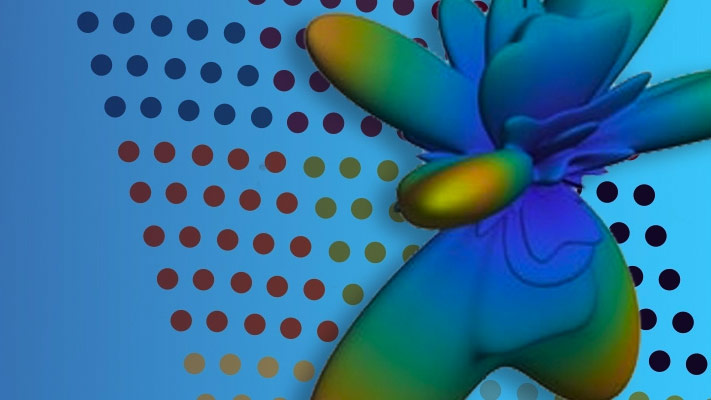phased.MFSKWaveform
MFSK waveform
Description
The multiple frequency shift keying (MFSK) waveform is used in automotive radar to improve simultaneous range and Doppler estimation of multiple targets. TheMFSKWaveformSystem object™ creates the baseband representation of an MFSK waveform. An MFSK waveform consists of two interleaved sequences of increasing frequencies, as described inAlgorithms.
To obtain waveform samples:
Define and set up the MFSK waveform. SeeConstruction.
Call
stepto generate the MFSK waveform samples according to the properties ofphased.MFSKWaveform. The behavior ofstepis specific to each object in the toolbox. The output of thestepmethod is controlled by theOutputFormatproperty, which has no effect on the properties of the waveform.
Note
Starting in R2016b, instead of using thestep方法来执行操作defined by the System object, you can call the object with arguments, as if it were a function. For example,y = step(obj,x)andy = obj(x)perform equivalent operations. When the only argument to thestepmethod is the System object itself, replacey = step(obj)byy = obj().
Construction
sMFSK = phased.MFSKWaveformcreates an MFSK waveform System object,sMFSK.
sMFSK= phased.MFSKWaveform(Name,Value)sMFSK, with additional properties specified by one or moreName-Value pairarguments.Namemust appear inside single quotes (''). You can specify several name-value pair arguments in any order asName1,Value1,…,NameN,ValueN.
Properties
Methods
| plot | Plot continuous MFSK waveform |
| reset | Reset states of the MFSK waveform object |
| step | Samples of continuous MFSK waveform |
| Common to All System Objects | |
|---|---|
release |
Allow System object property value changes |
Examples
Algorithms
An MFSK waveform consists of two interleaved stepped-frequency sequences, as shown in this time-frequency diagram.

Each sequence is a set of continuous waveform (CW) signals increasing in frequency. The offset,Foffset, between the two sequences is constant and can be positive or negative. A complete waveform consists of an even number of steps,N, of equal duration,Tstep. Then, each sequence consists ofN/2steps. The sweep frequency,Fsweep, is the difference between the lowest and highest frequency of either sequence.Fsweepis always positive, indicating increasing frequency. The frequency difference between successive steps of each sequence is given by
Fstep=Fsweep/(N/2–1).
| Signal Parameter | Property |
|---|---|
| Fsweep | 'SweepBandwidth' |
| Tstep | 'StepTime' |
| N | 'StepsPerSweep' |
| Foffset | 'FrequencyOffset' |
References
[1] Meinecke, Marc-Michale, and Hermann Rohling, “Combination of LFMCW and FSK Modulation Principles for Automotive Radar Systems.”German Radar Symposium GRS2000.2000.
[2] Rohling, Hermann, and Marc-Michale Meinecke. “Waveform Design Principles for Automotive Radar Systems”.CIE International Conference on Radar. 2001.
Extended Capabilities
See Also
phased.FMCWWaveform|phased.LinearFMWaveform|phased.MatchedFilter|phased.PhaseCodedWaveform|phased.RectangularWaveform|phased.SteppedFMWaveform


